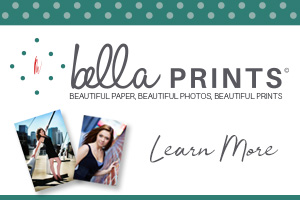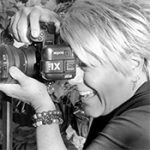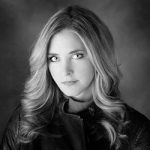On the evening of May 10th, 2024 I embarked on a memorable journey with fellow photographer Bryan Young to capture the Aurora Borealis, a breathtaking celestial event visible in Northeast Nebraska and across the world. Our destination was Lynch, Nebraska, but we decided to start our adventure in Monowi, Nebraska the smallest incorporated town in the United States with a population of just one.
A Warm Welcome in Monowi, NE
Upon arriving in Monowi, we were greeted by the town’s sole resident, Elsie. Concerned about the recent rains and the condition of the roads, we asked for her advice. She assured us that the road north was passable, and with her encouragement, we carefully made our way along a minimum maintenance road. This path led us to a perfect overlook, offering an unobstructed view of the night sky.
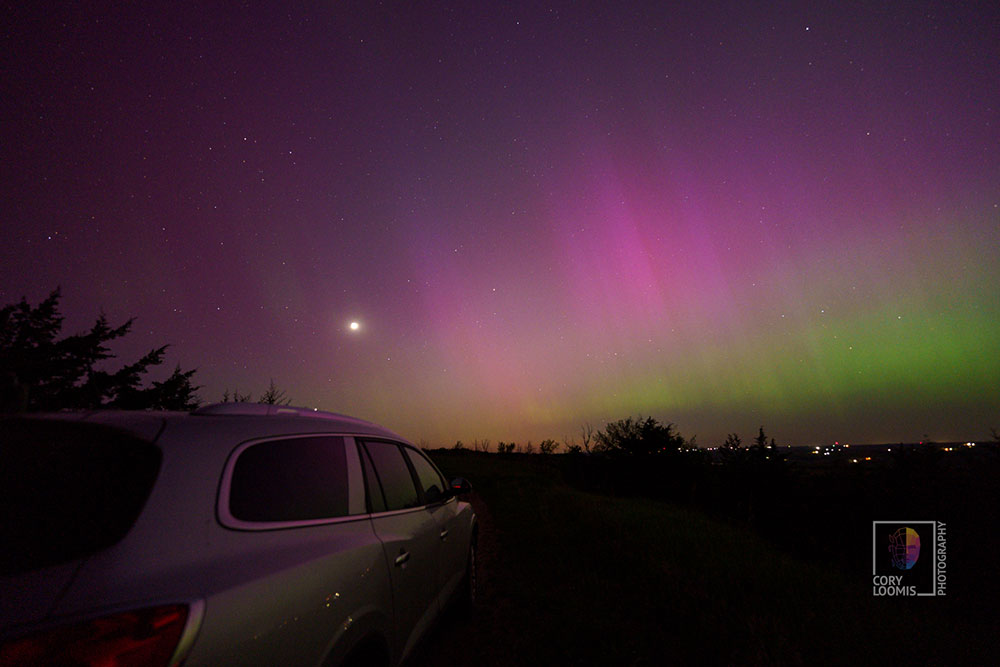
Capturing the Skies Over Monowi, NE
We set up our equipment and spent the next hour in awe, capturing the vibrant lights dancing across the sky. The Northern Lights painted the heavens with stunning shades of green, pink, and yellow, creating a mesmerizing display that felt almost surreal.
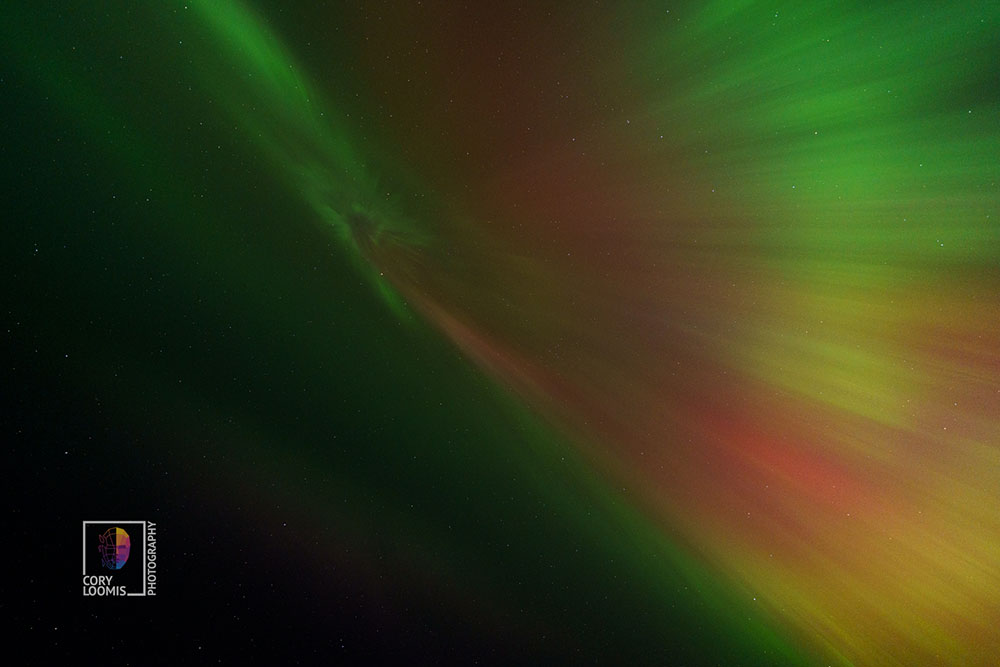
An Unexpected Gem
As we continued down the dirt road, we stumbled upon an old, gnarled tree that stood starkly against the skyline. It was an ideal subject for our next set of photos. The contrast of the ancient tree and the ethereal lights added a unique and haunting beauty to our shots.
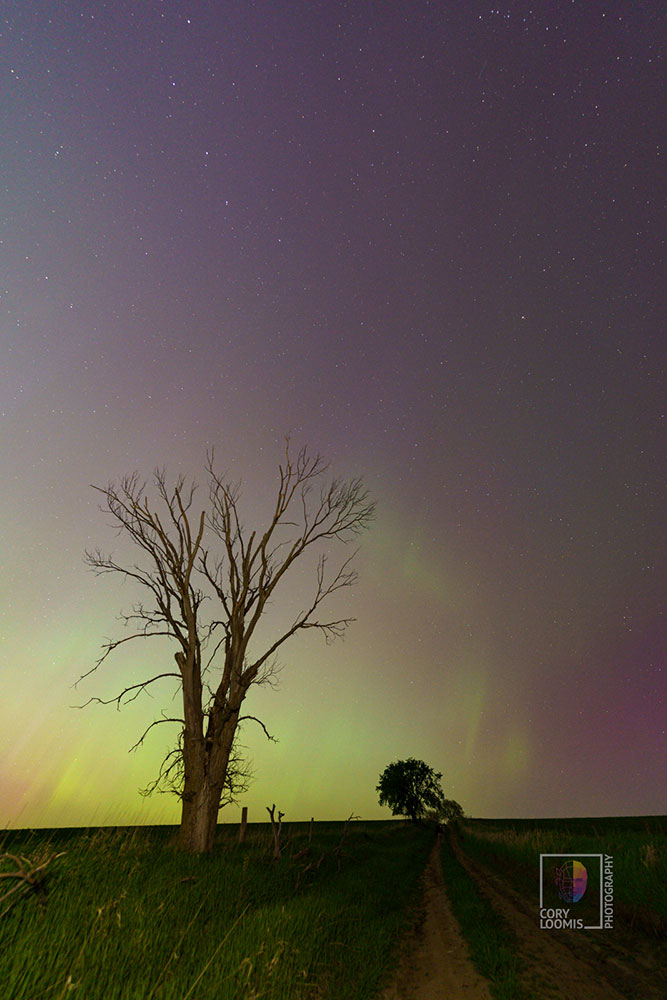
A Serene Stop in Niobrara, NE
After thoroughly exploring and photographing the Monowi area, we made our way toward Niobrara. There, we paused by a creek, capturing more images of the aurora reflecting off the waterways. One of my favorite shots from this location is a panoramic view of the illuminated sky, its colors mirrored in the serene waters below.
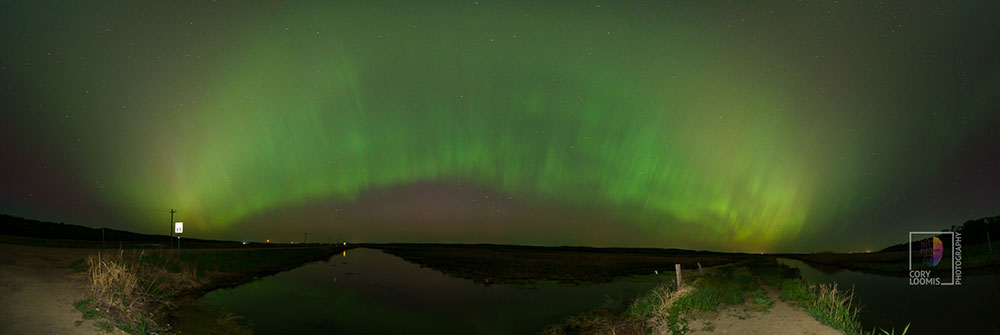
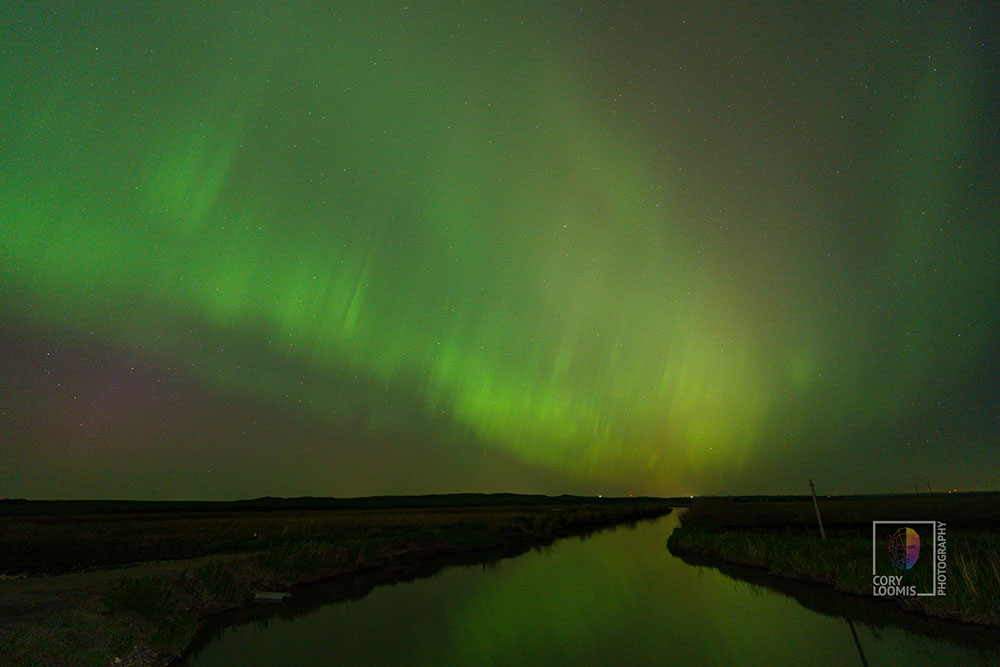
An Unforgettable Finale
With the temperature dropping and fatigue setting in, we decided to head back to Bloomfield, NE. However, just before reaching town, the sky began to light up once more. We couldn’t resist the urge to capture these final moments. We pulled over about a mile from the highway and stepped out into a scene so extraordinary that words could hardly do it justice.
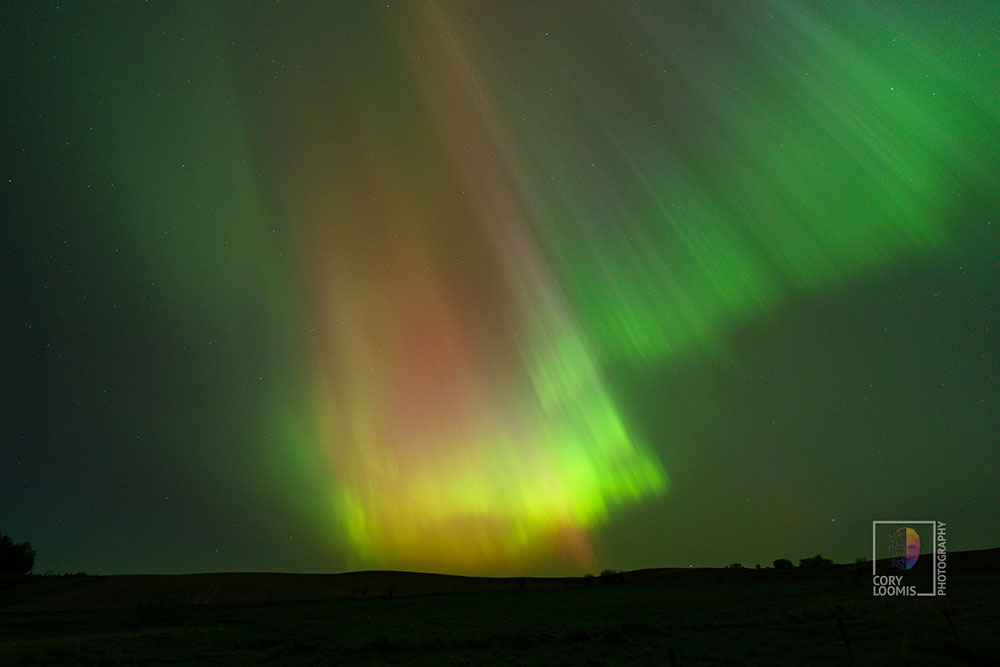
Having witnessed the Northern Lights before, I thought I knew what to expect. But the vivid yellows, pinks, and greens that filled the entire sky, even to the south, exceeded all my expectations. We spent the next ten minutes photographing this phenomenal display before simply standing in silent amazement, absorbing the sheer beauty of the moment.
A Lasting Memory
This experience was truly an out-of-body encounter, a moment in time that will forever be etched in my memory. The Northern Lights that night were not just a visual spectacle; they were a reminder of the incredible beauty and wonder that our world has to offer. As a photographer, capturing these moments is a privilege, and sharing them is a joy. This night in Northeast Nebraska will always hold a special place in my heart. As I reflect on this adventure, I am grateful for the opportunity to witness such a stunning natural phenomenon.
The Aurora Borealis is a reminder of the magic that exists in our world, and the importance of taking the time to appreciate and capture it. For those who have never experienced the Northern Lights, I encourage you to chase this wonder. You never know when you might find yourself standing under a sky so alive with color and light that it takes your breath away.
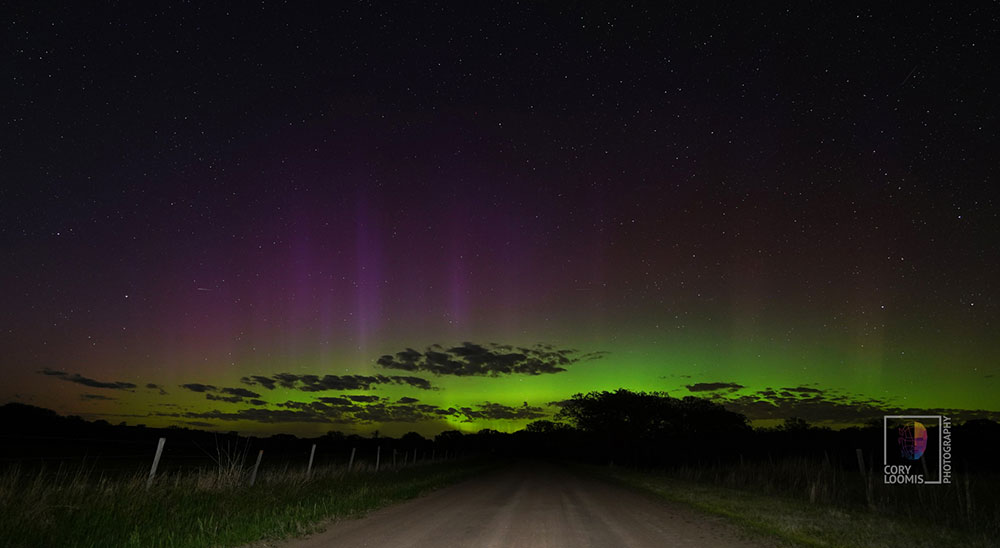
How to Photograph the Aurora Borealis
Capturing the Aurora Borealis, or Northern Lights, can be an incredibly rewarding experience for photographers. The ethereal lights dancing across the night sky create stunning visuals that are both challenging and exciting to photograph. Here’s a comprehensive guide to help you capture this natural phenomenon effectively.
Essential Equipment
Camera: A DSLR or mirrorless camera with manual settings is ideal.
Lens: A wide-angle lens (14-24mm) with a fast aperture (f/2.8 or lower) is recommended.
Tripod: A sturdy tripod is essential to keep your camera steady during long exposures.
Remote Shutter Release: This helps minimize camera shake when taking long exposure shots.
Extra Batteries: Cold weather can drain batteries quickly, so bring extras.
Memory Cards: High-capacity memory cards ensure you don’t run out of space during a shoot.
Camera Settings
Mode: Set your camera to manual mode.
Aperture: Use the widest aperture possible (f/2.8 or lower) to let in maximum light.
ISO: Start with an ISO setting of 1600-3200. Adjust as necessary based on the brightness of the aurora.
Shutter Speed: Begin with a shutter speed of 10-20 seconds. Shorter exposures (5-10 seconds) may be necessary if the aurora is moving quickly.
Focus: Manually focus your lens to infinity. Use live view and magnify a bright star to fine-tune focus.
White Balance: Set to daylight or auto, but you may need to adjust in post-processing.
Composition Tips
Foreground Elements: Incorporate interesting foreground elements such as trees, mountains, lakes, or man-made structures to add depth and context to your photos.
Rule of Thirds: Use the rule of thirds to compose your shots, placing the horizon either in the lower or upper third of the frame.
Leading Lines: Utilize leading lines like roads, rivers, or fences to guide the viewer’s eye through the image.
Reflections: Water bodies can provide beautiful reflections of the aurora, adding an extra layer of interest to your shots.
Practical Tips
Scout Locations: Find dark locations away from city lights. Use apps like Light Pollution Map or Dark Sky Finder.
Check the Weather: Clear skies are essential for viewing the aurora. Use weather apps to track cloud cover.
Aurora Forecasts: Monitor aurora activity using apps or websites like Aurora Forecast or Space Weather Live.
Dress Warmly: Northern Lights photography often involves standing still in cold conditions for extended periods. Dress in layers and bring hand warmers.
Test Shots: Take test shots and adjust your settings based on the results. The aurora’s brightness and movement can change rapidly.
Stay Patient: The aurora can be unpredictable. Be prepared to wait and stay alert for sudden bursts of activity.
Post-Processing
Noise Reduction: Use noise reduction techniques to minimize grain in your images, especially when using high ISO settings.
Adjust Exposure: Fine-tune exposure and contrast to bring out the details in the aurora.
Enhance Colors: Increase vibrance and saturation slightly to make the colors of the aurora pop, but avoid over-processing.
Sharpening: Apply sharpening selectively to enhance details without introducing artifacts.
Final Thoughts
Photographing the Aurora Borealis is a blend of technical skill, patience, and a bit of luck. Each aurora event is unique, offering different colors and patterns that can result in stunning and varied images. By preparing adequately and experimenting with different settings, you can capture the mesmerizing beauty of the Northern Lights and create unforgettable photographs.
Happy shooting, and may your next aurora adventure be filled with vibrant skies and perfect conditions!



